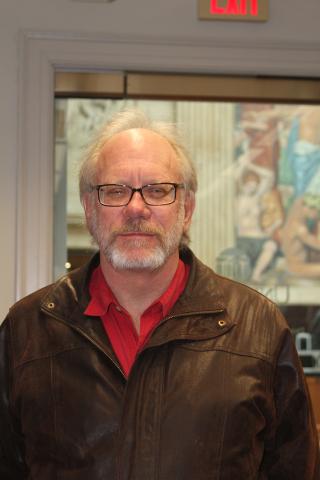
David E. Smith
Areas of interest include the physiology and ecology of planktonic communities, including predator-prey relationships, trophic interactions at intermediate levels within the food chain, planktonic larval recruitment processes, and the dynamics of gelatinous macrozooplankton.
Recent activity has also focused on the oxygen/nutrient dynamics within Chesapeake Bay, nekton dynamics in tidal freshwater and barrier island environments, as well as innovative ways to transfer scientific information to policy and decision makers.
PUBLICATIONS
Layman, C.A. and D.E. Smith. 2001. Sampling bias of minnow traps in shallow aquatic habitats on the Eastern Shore of Virginia. Wetlands 21(1):145-154.
Layman, C.A., D.E. Smith and J.D. Herod. 2000. Seasonally varying importance of abiotic and biotic factors in marsh-pond fish communities. Marine Ecology Progress Series. 207:155-169.
Yozzo, D.J. and D.E. Smith. 1998. Composition and abundance of resident marsh-surface nekton: Comparison between tidal freshwater and salt marshes in Virginia, USA. Hydrobiologia 362:9-19.
TEACHING
The Theory and Practice of Biodiversity Conservation (EVSC 4991)
The goal of this class is to rigorously compare real-life conservation program implementation with the theoretical goals of conservation science. This course is a senior-level offering designed to serve as a capstone class for students enrolled in the Environmental and Biological Conservation Specialization program and will be presented in a seminar format where a theoretical presentation of conservation science within the context is presented.
Marine Environments and Organisms (EVSC 4230)
Surveys the major habitats of marine and estuarine areas and the organisms which have adapted to life in these environments. Emphasizes the organisms and communities which have evolved in response to stress and competition in the sea, and the systematics and natural history of marine organisms.
The Practice of Biodiversity(EVSC 4559)